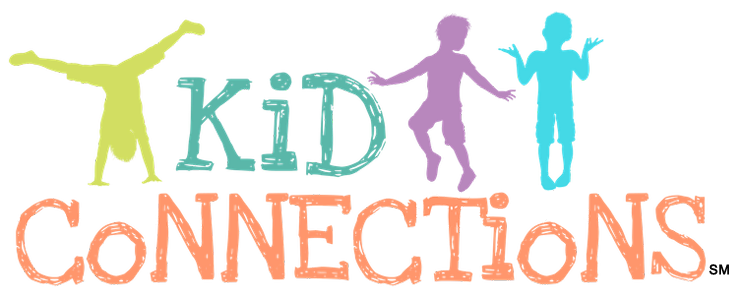We all know that breathing is essential for human beings to survive. But did you know that there is an optimal way to breathe and that it can impact facial and postural development, feeding and speaking skills, and sleep quality? This optimal pattern of breathing is called nasal breathing and should be present from birth onward.

As infants develop, breathing plays a critical role in mouth, feeding, and speech development. Optimally, developing infants should breathe through their nose with their tongue lightly resting on the hard palate.
Mouth breathing can occur early on in life due to structural challenges, soft tissue inflammation, allergies, or lingual restriction and can lead to issues with the development and function of oral structures.


How does Mouth Breathing Impact Development?
If an infant struggles to breathe nasally and to rest his/her tongue on their hard palate this will impact facial and mouth development. Over time, a chain of events can occur that result in structural changes to the child’s anatomy; making breathing, eating, and speaking more difficult.
- The jaw will begin to lower to increase ease of mouth breathing.
- As the jaw lowers, the tongue will sit in the bottom of the oral cavity to allow for mouth breathing. Without consistent nasal breathing and the tongue lightly pushing on the roof of the mouth, the nasal cavity will narrow making it more difficult to breathe nasally.
- Postural changes can result as well to compensate for increased mouth breathing such as the head shifting forward to assist in opening the airway.
- As the child grows the hard palate will narrow and remain high making it difficult to elevate the tongue to the palate.
- A child may have decreased facial tone due to low jaw posture and inefficient use of facial muscles.
- Due to altered facial and oral structures eating and speaking skills can be delayed or lack optimal function. Some symptoms include: delayed speech production, distorted speech production, or picky/restrictive eating.
- As the child ages and uses compensations for lack of optimal structure these compensations can snowball and impact their health into adulthood. Adults may struggle with poor quality of sleep/sleep apnea, jaw pain/discomfort or TMD (temporomandibular joint disorders), and neck tension/poor posture.
Nasal Breathing


Oral Breathing


What can parents do?
Monitor your child’s breathing during the day and at night. Indicators of mouth breathing include: lips slightly parted, the tongue resting low and forward in the mouth, dry or chapped lips, snoring, audible breathing, teeth grinding at night, restless sleeping, night sweating, and frequent nasal congestion. Early intervention is recommended as it is easiest to change and correct habits with younger children.




If you are noticing that your infant or young child has difficulty nasal breathing, reach out to a speech therapist who specializes in orofacial myofunctional therapy.
Orofacial myofunctional therapy refers to a therapist who understands how oral structures function and develop over time in order to coordinate optimal oral rest posture, feeding, and speech skills.
Your orofacial myofunctional therapist will look at your child’s medical history and current skills in order to determine any underlying causes contributing to mouth breathing problems. Orofacial myofunctional therapists collaborate with other professionals, which include: Dentists, Orthodontists, ENTs, Allergists, and Speech Therapists. This team of professionals is essential in addressing the root causes of mouth breathing. Through the collaboration of your speech therapist and team of related professionals, children who need and receive this intervention will make improvements with not only their speech and feeding skills but health across their lifespan.
By: Sarah Haker; Speech-Language Pathologist, Kid Connections Therapy.
Get access to our free downloadable resources
To improve your child’s speech and language development


